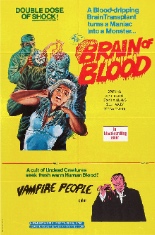
 As the elderly ruler of a fictional Middle Eastern country, Amir (Reed Hadley, Zorro’s Fighting Legion), has a grand plan to beat his fast-approaching death — and, more importantly, the means to fund it: After his passing, he is to be wrapped in tin foil, be shipped to the United States and undergo secret surgery in which his brain will be transplanted into the body of a virile, strapping young lad. Amir’s scheme is quite ambitious; Al Adamson’s Brain of Blood is not.
As the elderly ruler of a fictional Middle Eastern country, Amir (Reed Hadley, Zorro’s Fighting Legion), has a grand plan to beat his fast-approaching death — and, more importantly, the means to fund it: After his passing, he is to be wrapped in tin foil, be shipped to the United States and undergo secret surgery in which his brain will be transplanted into the body of a virile, strapping young lad. Amir’s scheme is quite ambitious; Al Adamson’s Brain of Blood is not.
Dr. Trenton (Kent Taylor, The Mighty Gorga) performs the illegal experiment, painstakingly protracted and presumably shown in real time. Although the doc has been blacklisted from every major medical institution, we know he is a legit cutter because of the anatomy skeleton and other science-class accoutrements in his laboratory. He’s just not the most ethical. When this mad scientist needs to “buy some time” to find that hot bod Amir desired, Dr. Trenton sticks the politician’s gooey gray matter into the nearest temporary brainpan: that of local simpleton Gor (John Bloom, Adamson’s Dracula vs. Frankenstein), a human can of Beefaroni whose face has been ravaged by redneck-poured battery acid. Sorry, Amir — consider your People’s Sexiest Man Alive dreams dashed.
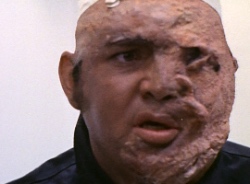 As usual, Adamson’s wife, Regina Carrol (Blazing Stewardesses), all big breasts and mile-high hair, corrals the female lead. Playing Amir’s wife, she’s not thrilled with her hub’s new makeover; it’s a toss-up whether she has it worse than the women chained like pets in Trenton’s basement by his pint-sized assistant (Angelo Rossitto, 1947’s Scared to Death).
As usual, Adamson’s wife, Regina Carrol (Blazing Stewardesses), all big breasts and mile-high hair, corrals the female lead. Playing Amir’s wife, she’s not thrilled with her hub’s new makeover; it’s a toss-up whether she has it worse than the women chained like pets in Trenton’s basement by his pint-sized assistant (Angelo Rossitto, 1947’s Scared to Death).
Everyone in the movie speaks with weird pauses, as if waiting for the cue cards to be turned (“There is no chance … for failure”), and the outdoor climax is filmed not unlike a high school play. In that scene, you’ll hear the words “That’s a very noisy little gadget you have there,” which double as a descriptor as good as any for Brain of Blood, an Adamson project so unmemorable, I didn’t realize until afterward that I had already seen it a decade ago, under the alternate title of The Oozing Skull. While we’re discussing titles, it’s worth mentioning that Brain of Blood often is believed to belong to the Blood Island franchise. Girl, it wishes it could be that good. —Rod Lott

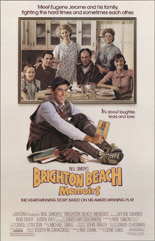
 Whether they are accepting or denying, giving in or holding back, every teen struggles with their sexuality in the same beautiful way: begrudgingly perverted.
Whether they are accepting or denying, giving in or holding back, every teen struggles with their sexuality in the same beautiful way: begrudgingly perverted.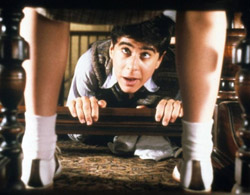
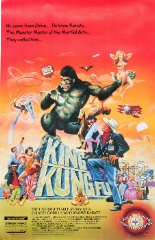
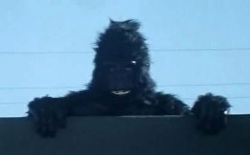
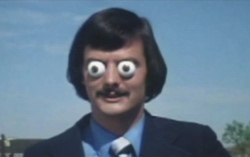
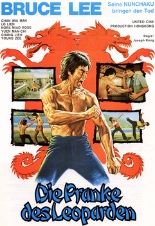
 According to this
According to this 
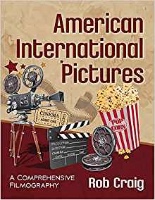 To cut right to the chase, as many skinflint movies of the studio in question did, any AIP fan is going to want to own Rob Craig’s
To cut right to the chase, as many skinflint movies of the studio in question did, any AIP fan is going to want to own Rob Craig’s